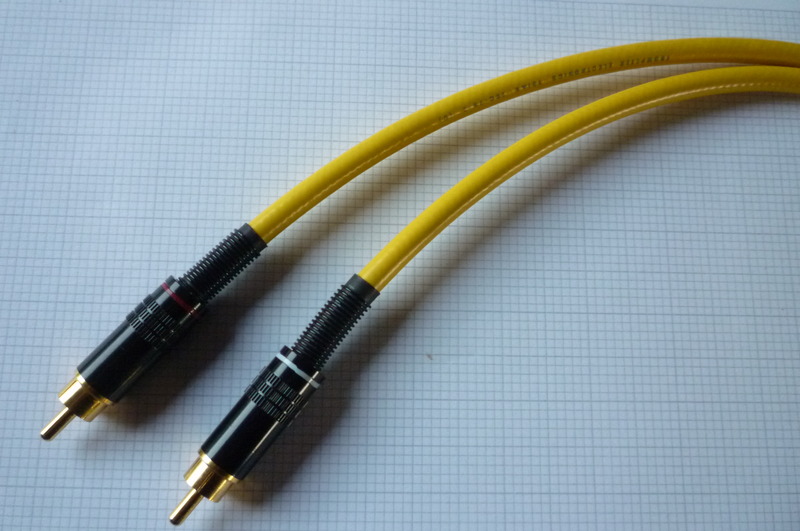

Please consult the owner’s manuals for your USB audio device and your recording software for additional setup instructions. To configure your computer to work properly with the headphone output you will need to access your Sound settings and make the USB audio device the Input/Recording device and make your computer’s default soundcard the Output/Playback device. Audio-Technica’s AT2020USB+, AT2005USB, ATR2500-USB and ATR2100-USB microphones are all equipped with a headphone jack. This will allow you to monitor the audio directly from the microphone, before any latency can be introduced (zero latency monitoring). It is also best practice to close all other programs while recording to allow your computer to process the audio as efficiently as possible and reduce the chance of errors.Īnother way to reduce potential USB microphone latency is to use a mic that has a headphone output.
#Audition virtual audio cable obs manual#
Consult the owner’s manual for your recording software for instructions on reducing latency. A shorter buffer time (less latency) means your computer will process the audio more quickly, but this will also increase the potential for recording errors. In addition to working with a fast computer, the recording software you use might be able to compensate for latency through its audio/playback “buffer,” which can be set in the recording program’s “preferences.” Generally speaking, a longer buffer time (which creates more latency) gives your computer more time to process the audio, thus reducing the potential for errors. Not only is it a pain to work in this manner, but it will also likely increase a project’s production time.

(USB turntable latency isn’t usually detected unless you’re close enough to hear the noise coming off the surface of the vinyl record as it is being played.) We might slow our speech while talking into the microphone to try and match the sound we hear coming out of the computer or headphones. But digital audio latency, especially when experienced with USB microphones, can be quite annoying and even disruptive.

Naturally occurring latency, like that mentioned in the baseball example above, doesn’t usually bother us or cause any problems. The type of device, the computer and the recording software all factor into determining the latency. (Latency with Audio-Technica digital wireless systems is so low – under 4 ms – that it’s not an issue of concern.) It can be difficult to predict how much latency you might experience with such devices, because there are usually multiple components that process the digital audio signal. With digital audio, latency is typically associated with USB Microphones, USB Turntables and digital recording interfaces. Therefore, at 11 feet you experience approximately 10 ms of latency, which is likely the least amount of latency that humans can detect. That’s latency! Mathematically, it works out to approximately 1 ms for every 1.1 feet the sound has to travel. Think about that time you were at a baseball game you saw the batter swing and hit the ball, but you didn’t hear the sound until a little bit later. Of course, latency isn’t unique to digital audio devices – it occurs naturally all the time. Since the conversion takes time, the user experiences latency.

Latency can occur with any digital audio device and is related to analog-digital/digital-analog (AD/DA) conversion. The delay experienced is called “latency.” Latency is basically the amount of time it takes a digital (audio) signal to be processed. Once your computer reads that signal, it needs to be converted back to analog in order to be heard through speakers or headphones. When you speak into a USB microphone, the analog signal picked up by the microphone element needs to be converted into a digital signal that your computer can read. Question: I’m hearing a delay with my USB Audio Device, is this normal?Īnswer: When using a digital audio device, such as a USB microphone, you might experience a delay from the time you speak into the microphone to the time you hear the audio come out of the computer speakers or headphones.


 0 kommentar(er)
0 kommentar(er)
